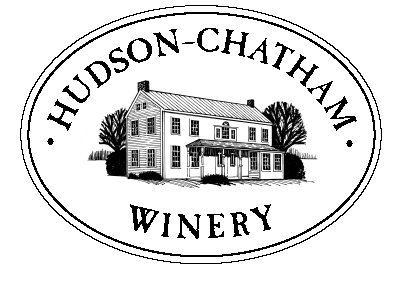
Maple syrup flow slowed
Warm spring weather cut state's production nearly a third this season
By BRIAN NEARING, Staff writer
First published in print: Friday, June 11, 2010
ALBANY -- An unusually warm spring injected a sour note into the maple syrup season in New York, where nearly a third less syrup was produced compared with last year.
"Production was down in New York, and across the board in the entire northeast, including Canada and Quebec," said Helen Thomas, executive director of the New York State Maple Producers Association.
On Thursday, the U.S. Department of Agriculture released maple syrup production figures that confirmed what operators of local sugar shacks already knew -- too much heat and too little freezing this spring put a damper on the sap flow.
"The season started late and ended early this year," said Thomas. "But it is not down as much as we initially thought." And the good news, she said, is that New York remains the nation's second-largest syrup producer, edging out Maine but trailing well behind Vermont.
The government figures tell a story of more taps into maple trees, of heat-stressed trees giving less sap, and the shortage resulting in higher prices.
While the state produced about 312,000 gallons of syrup, down 29 percent from the year before, the syrup sold for about $17.8 million, up about 28 percent. Overall, the average price for a gallon of syrup was slightly more than $40.
"In general, temperatures started out too cold for sap flow and quickly turned too warm. The lack of below-freezing nights and above-freezing days resulted in a very short season," according to the USDA.
A warming trendhas been taking a toll on the Northeast's sugar maple trees, which prefer a wintry climate, and a spring cycle of below-freezing nights, and above-freezing days, which fosters a natural pressure within the trees to push sap out of the taps.
Sap season now starts a week earlier and ends 10 days sooner than in the 1960s, according to the Proctor Maple Research Center at the University of Vermont.
In New York, as winter retreats, sap is running ever earlier, according to figures from USDA's National Agricultural Statistics Service. In the five decades between 1940 and 1989, sap season began in February only twice, with the season traditionally beginning in mid- March. Since 1990, sap has started flowing in February six times.
Last year, the warm spring affected most of the maple-producing regions across the U.S. National syrup production was down about 19 percent to slightly less than two million gallons.
Vermont accounted for the lion's share of that, at 890,000 gallons. Closely trailing New York for the second spot was Maine, which produced 310,000 gallons, a decrease of 22 percent from last season.
Vermont accounted for the lion's share of that, at 890,000 gallons. Closely trailing New York for the second spot was Maine, which produced 310,000 gallons, a decrease of 22 percent from last season.
Maple operators who invested in costly vacuum tube collection systems -- which can costs tens of thousands of dollars -- reported they were able to get more sap than those who relied on the natural temperature-driven process of trees to push sap, according to the USDA.
Brian Nearing can be reached at 454-5094 or bnearing@timesunion.com.Read more: http://webcache.googleusercontent.com/search?q=cache:jFHAMbHIUKEJ:https://secure.timesunion.com/ASPStories/Story.asp%3FstoryID%3D940060%26newsdate%3D7/24/2010%26BCCode%3DMBTA+maple+syrup+season+ny+2010+less&cd=4&hl=en&ct=clnk&gl=us#ixzz0v7P44vZg

No comments:
Post a Comment